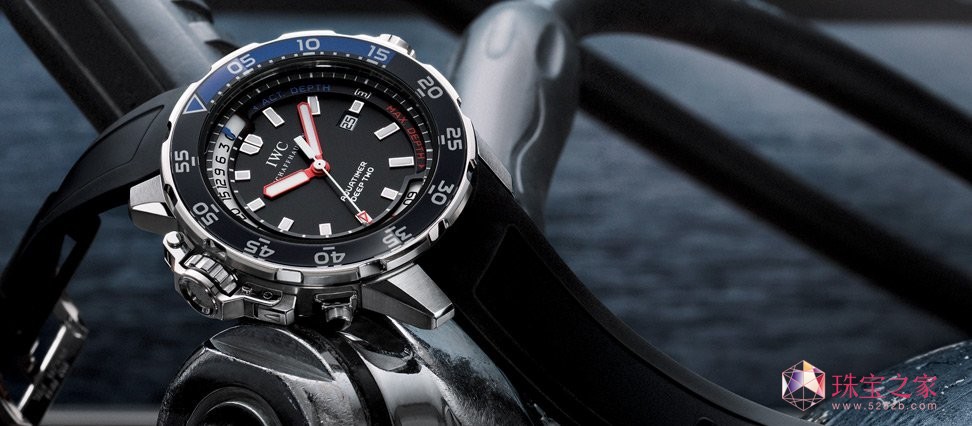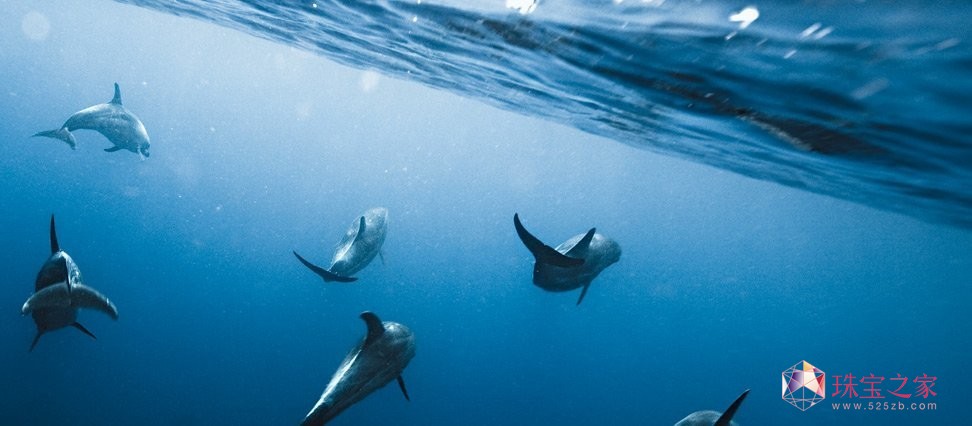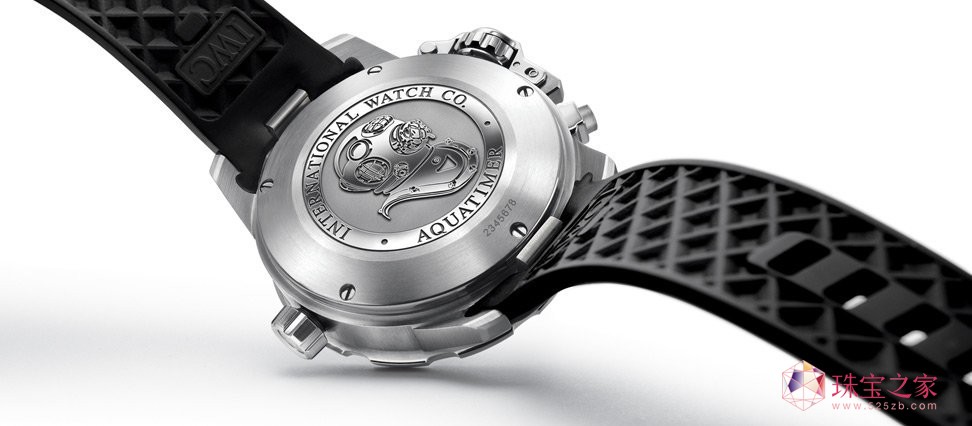Tokyo court hands Samsung a win over Apple
LONDON – A Tokyo court has found Samsung not guilty of infringing Apple's intellectual property, in contrast to a jury decision and a $1.05 billion damage award in Apple's favor in a California court last week.
Tokyo district court judge Tamotsu Shoji ruled Friday (Aug. 31) rejected Apple's claim that Samsung's products infringe patents related to synchronization of media files.
A week before a nine-person U.S. federal jury had found that many of Samsung's phones infringe most of two design and three utility patents held by Apple. However, the U.S. jury found that Samsung's tablets do not infringe Apple's iPad design patent.
"We welcome the court's decision, which confirmed our long-held position that our products do not infringe Apple's intellectual property," Reuters quoted Samsung as saying in a statement following the verdict from the Tokyo court.
The court case in Japan was not as broad as that conducted in the U.S., focusing only on a synchronization feature. Nonetheless it could have prevented the sale of Samsung Galaxy mobile phones, albeit older ones targeted by Apple, in Japan. The ruling leaves the way open for Samsung to continue selling smartphones in the Japanese market where it has been beating Apple in volume, the Financial Times said. Apple had been asking for comparatively modest damages of 100 million yen (about $1.3 million) the report said.
Unlike in South Korea and the United States, Japan rules case-by-case. Six other issues are yet to be ruled on by the Tokyo court, according to a Korea Times report. Samsung and Apple are also fighting in courts in Germany, Italy, the United Kingdom, France and the Netherlands.
The Japanese decision in favor of Samsung in Japan is likely to provide further encouragement for Samsung to appeal the U.S. decision. The U.S. judge set Sept. 20 as the date for hearing to determine whether to set an injunction against Samsung selling in the U.S. any of the products that court found to be infringing. Those products are generally a set of about 12 Samsung Galaxy S and S II handset models.
Related links and articles:
Reuters report
Apple awarded $1.05 billion in Samsung patent case
Apple versus Samsung questions on the Monday after
Jury foreman in Apple versus Samsung had 'light bulb moment'
TAG:Samsung Apple Tokyo court Galaxy










 AMD said Gustafson would be responsible for setting the technical vision for the AMD graphics business unit, driving the technology roadmap and platform for the company's Radeon and AMD FirePro product lines as well as new technology planning and execution of business objectives. Gustafson will be based in Sunnyvale, AMD said.
AMD said Gustafson would be responsible for setting the technical vision for the AMD graphics business unit, driving the technology roadmap and platform for the company's Radeon and AMD FirePro product lines as well as new technology planning and execution of business objectives. Gustafson will be based in Sunnyvale, AMD said. 
